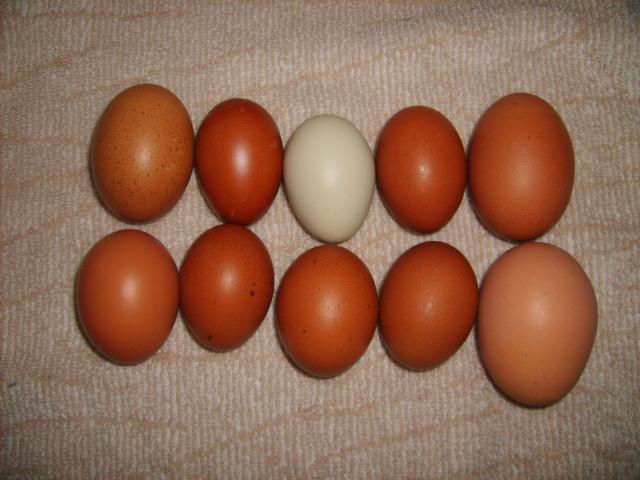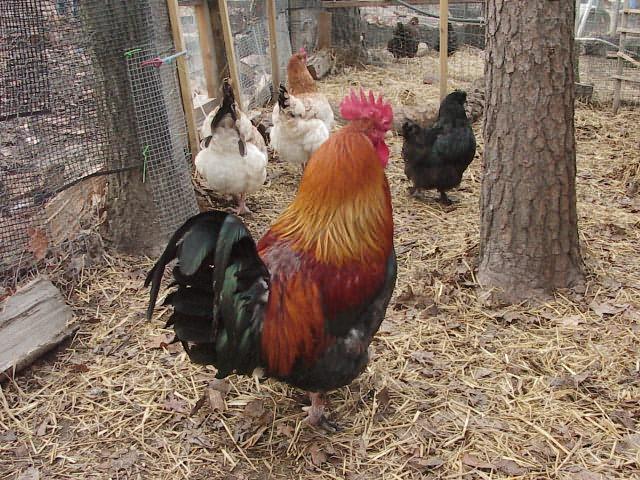Quote:
It's about tracking the eggs' collective average weight loss and hoping to achieve ~12-14% weight loss by Day 18. Humidity is a wildly constant variable, but the weight loss target is consistent whether we're talking about a 40-gram banty egg or a 65-gram Marans egg. If I need more weight loss, I let the RH linger down at the lower level a bit longer...if I need to minimize weight loss for the last few days prior to Day 18, I'll boost the RH.

As for opening the 'bator...well, some folks still turn their eggs by hand and a broody hen gets up to poop/eat/drink.

here are a couple of quotes from https://www.backyardchickens.com/forum/viewtopic.php?id=113681&p=3...
It's about tracking the eggs' collective average weight loss and hoping to achieve ~12-14% weight loss by Day 18. Humidity is a wildly constant variable, but the weight loss target is consistent whether we're talking about a 40-gram banty egg or a 65-gram Marans egg. If I need more weight loss, I let the RH linger down at the lower level a bit longer...if I need to minimize weight loss for the last few days prior to Day 18, I'll boost the RH.

As for opening the 'bator...well, some folks still turn their eggs by hand and a broody hen gets up to poop/eat/drink.

here are a couple of quotes from https://www.backyardchickens.com/forum/viewtopic.php?id=113681&p=3...
Buddy Henry (quoting Bill Worrell) :
An egg must lose approximately 11% to 14% of its weight during the incubation cycle. That is, it has to have some evaporation of the contents of the egg itself in order for the chick to have room inside of the egg to develop and still have room to turn in the egg so it can spin around and pip the shell. Where most folks go wrong is they add water to often or they add too much to the incubator and cause the humidity to increase to levels that slow or stop the evaporation process. This causes the chick to grow too large inside the egg. The chick will pip the shell on day 21 and never go any farther. Or they wont pip at all because they puncture the internal membrane of the egg and there they are met with a gush of water, causing them to drown. Have you ever wondered why this happens? I sure did.
Quote:
I hope this helps. I'm not trying to sell anything to anybody, but I would be lost without using this laborious method.

An egg must lose approximately 11% to 14% of its weight during the incubation cycle. That is, it has to have some evaporation of the contents of the egg itself in order for the chick to have room inside of the egg to develop and still have room to turn in the egg so it can spin around and pip the shell. Where most folks go wrong is they add water to often or they add too much to the incubator and cause the humidity to increase to levels that slow or stop the evaporation process. This causes the chick to grow too large inside the egg. The chick will pip the shell on day 21 and never go any farther. Or they wont pip at all because they puncture the internal membrane of the egg and there they are met with a gush of water, causing them to drown. Have you ever wondered why this happens? I sure did.
Quote:
I hope this helps. I'm not trying to sell anything to anybody, but I would be lost without using this laborious method.

Last edited:












